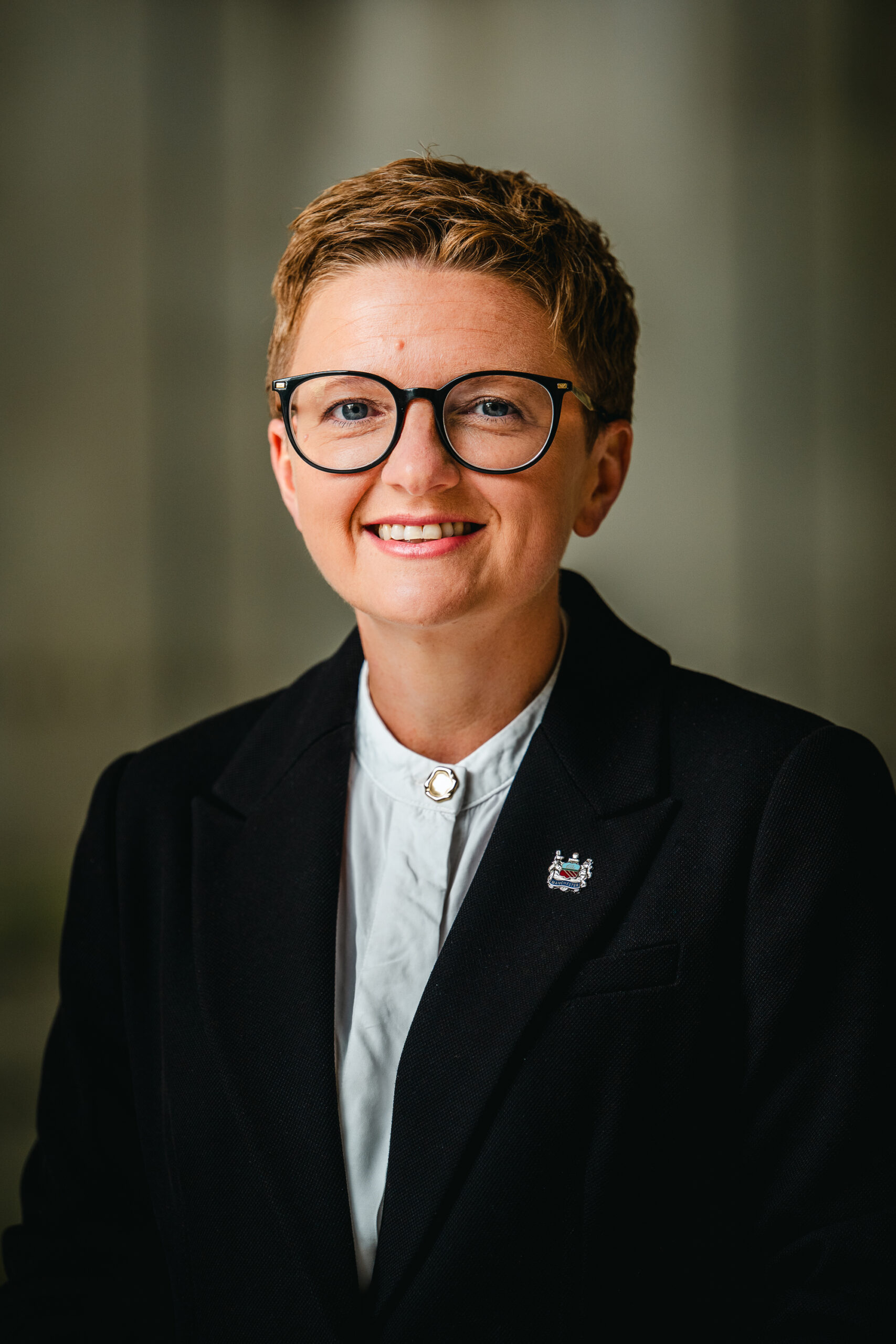Men’s Basketball | December 29
DeKALB, IL – Due to wintry weather in upstate New York, the…

Men’s Basketball | December 29
DeKALB, IL – Due to wintry weather in upstate New York, the…

Ukraine’s power plant employees are battling to keep the infrastructure running in the face of Russian attacks.
MARY LOUISE KELLY, HOST:
Four thousand five hundred times, that is how often…

Black holes are often referred to as cosmic vacuum cleaners, indiscriminately swallowing everything that strays too close. The bigger they are, the hungrier they should be. But observations of seven nearby galaxy mergers have revealed…

The cyberpunk movement has given us some of the best science fiction movies: Blade Runner, Ghost in the Shell and, yes, The Matrix. But my personal favorite tech noir flick is one that came out at the height of the cyberpunk craze — and then all…


Academic and military educator Professor David Dunn has been appointed a Member of the Order of the British Empire (MBE) in recognition of his services to military education and to recruitment.
Professor Dunn joined the…

A rare trio of merging galaxies called J121/1219+1035 hosts three actively feeding, radio-bright supermassive black holes, according to a team of U.S. astronomers.
An artist’s impression of a rare trio of merging galaxies, J121/1219+1035,…

The information technology sector weighed on the S&P 500, with most tech and AI-linked stocks falling, including Nvidia and Palantir Technologies.
“This is (not) the beginning of the end of the tech dominance, it’ll turn out to be a buying opportunity,” said Hank Smith, director and head of investment strategy at Haverford Trust.
“A big reason for that is the top tech names, excluding Tesla, do not have challenging valuations given their growth rate, the moat around their business and their financial strength, which is unparalleled.”
At the close, the S&P 500 lost 24.2 points, or 0.35 per cent, to end at 6,905.74 points. The Nasdaq Composite fell 118.74 points, or 0.50 per cent, to 23,474.34, while the Dow Jones Industrial Average dropped 249.04 points, or 0.51 per cent, to 48,461.93.
Tesla shares fell sharply after hitting a record high last week, weighing on the consumer discretionary sector.
Materials stocks also slipped, with precious metal miners falling as silver dropped sharply after topping US$80 (A$120) an ounce for the first time. Gold prices also eased after posting back-to-back record highs last week.
In contrast, energy stocks rose, tracking a two per cent lift in oil prices.
Bank stocks retreated after a strong run this year. Citigroup, one of the sector’s standout performers in 2025 due to progress on regulatory issues, was among the day’s biggest decliners.
Stocks pulled back after the S&P 500 moved within one per cent of the 7,000-point mark. The blue-chip Dow closed at a record high last week.
Some investors had been hoping for a “Santa Claus rally” — a seasonal pattern in which the S&P 500 often posts gains during the final five trading days of the year and the first two sessions of January, according to the Stock Trader’s Almanac.
Despite Monday’s dip, all three major indexes remain on track for solid monthly gains. The Dow and the S&P 500 are heading for their eighth straight month in positive territory.
The bull market, which began in October 2022, remains intact despite concerns over high technology valuations and market volatility.
Optimism around artificial intelligence, expectations of interest-rate cuts and signs of a resilient economy have helped put all three major indexes on track for a third consecutive yearly gain. Most strategists also expect further gains in 2026.
With expectations for continued global economic growth and further easing by the Federal Reserve, “it would be unusual to see a major equity setback or bear market without a recession”, Goldman Sachs chief global equities strategist Peter Oppenheimer said in a recent note.
Investors are now looking ahead to minutes from the Federal Reserve’s previous meeting and weekly jobless claims data in an otherwise light economic calendar.
The S&P 500 is up about 17 per cent so far this year, as enthusiasm around artificial intelligence helped the US benchmark outperform Europe’s STOXX 600, despite some investors earlier diversifying away from US stocks.

Cllr Bev Craig has been awarded the Order of the British Empire (OBE) by King Charles III in the New Year Honours list 2026 for service to local government.
She is named in a list that recognises the impact recipients have made in…

Community champions up and down the country are being celebrated in His Majesty The King’s New Year Honours List today.
1157 recipients have been awarded from every part of the UK, with a particular focus this year on those who have gone…